80s Quick, Thrifty Cooking
Come with me into the raddest era and enjoy a super easy recipe that is a great tummy filler for those busy days!
We are heading into the year 1985 and diving into a Readers Digest cookbook of Quick, Thrifty Cooking. If the cover doesn’t bring back some nostalgia then nothing will. 😁
If you want a filling snack with lots of goodness then these High fibre muffins are the one for you!
We start off with the ingredients list:
2 cups unsifted plain flour
1/3 cup sugar
1 tsp Salt
1 tsp Baking soda
1 1/2 cups quick cooking oats (the fine ones)
1 cup of Whole bran cereal/Bran or Wheat Germ (I used wheat germ as that’s what I had in the cupboard, the quicker the better)
1/2 cup Raisins or for that extra fibre boost – Prunes!
2 Eggs lightly beaten
1/2 cup Golden Syrup
The tag line for these is “These muffins are full of flavour, high in fibre, B vitamins, protein and minerals” (Perfect if you need a bit of regulating 😁).
Only two bowls to dirty and two to wash, easy as. The oven gets popped on at 180C and I combined all of the dry ingredients in a big bowl. The smaller bowl gets the eggs, buttermilk and golden syrup. Remember if you don’t have buttermilk just use regular with a teaspoon of lemon juice or white vinegar stirred in and left for 5 minutes.
Pop the wet ingredients into the dry ingredients in the larger bowl and make sure that it is all slowly mixed in, sometime you need to watch out for those little pockets of flour. 😉
Spoon the batter into patty pans lined with patty cases (cupcake cases for those young ‘uns). Making sure they are about 2/3 full.
Bake then in your preheated oven, I had to do two trays as I used the smaller size, for 15-20 minutes until they are ‘Clean toothpick’ cooked through.
I urge you to give these a go as they are a great tummy filler, channel your 80s housewife and let me know what you think below. ❤️
See you back here for more retro recipies next time. Stay rad! ❤️
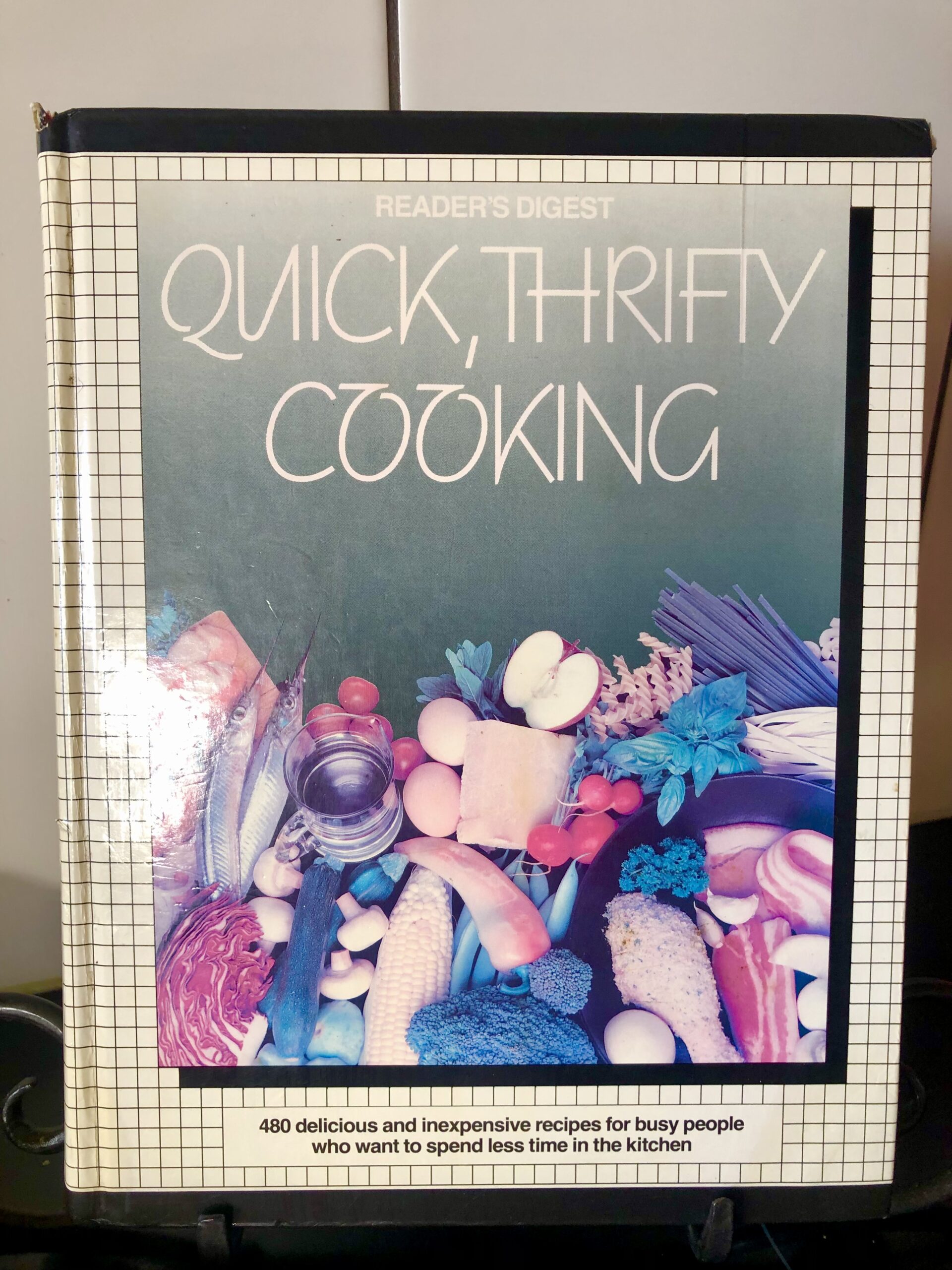
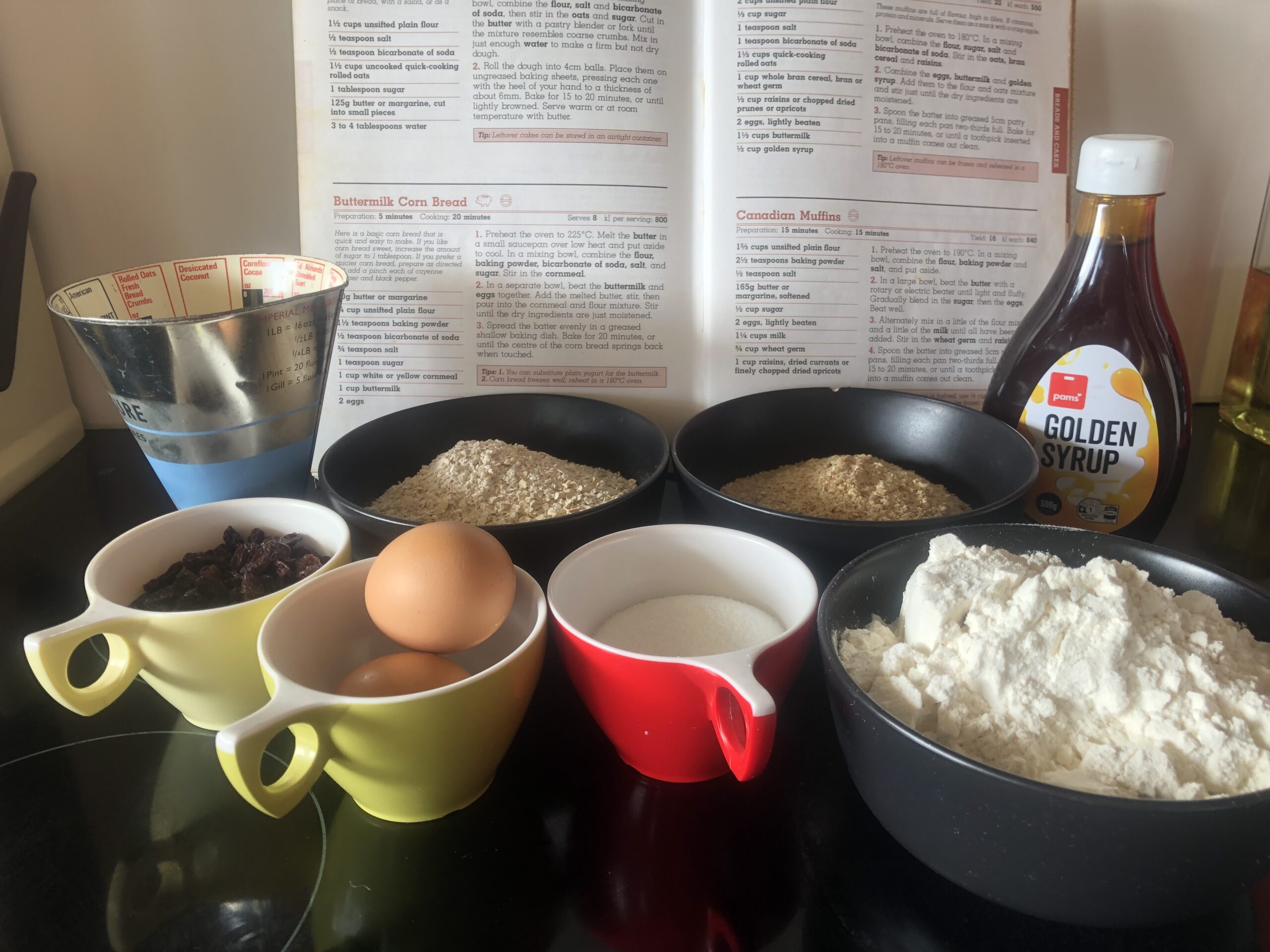
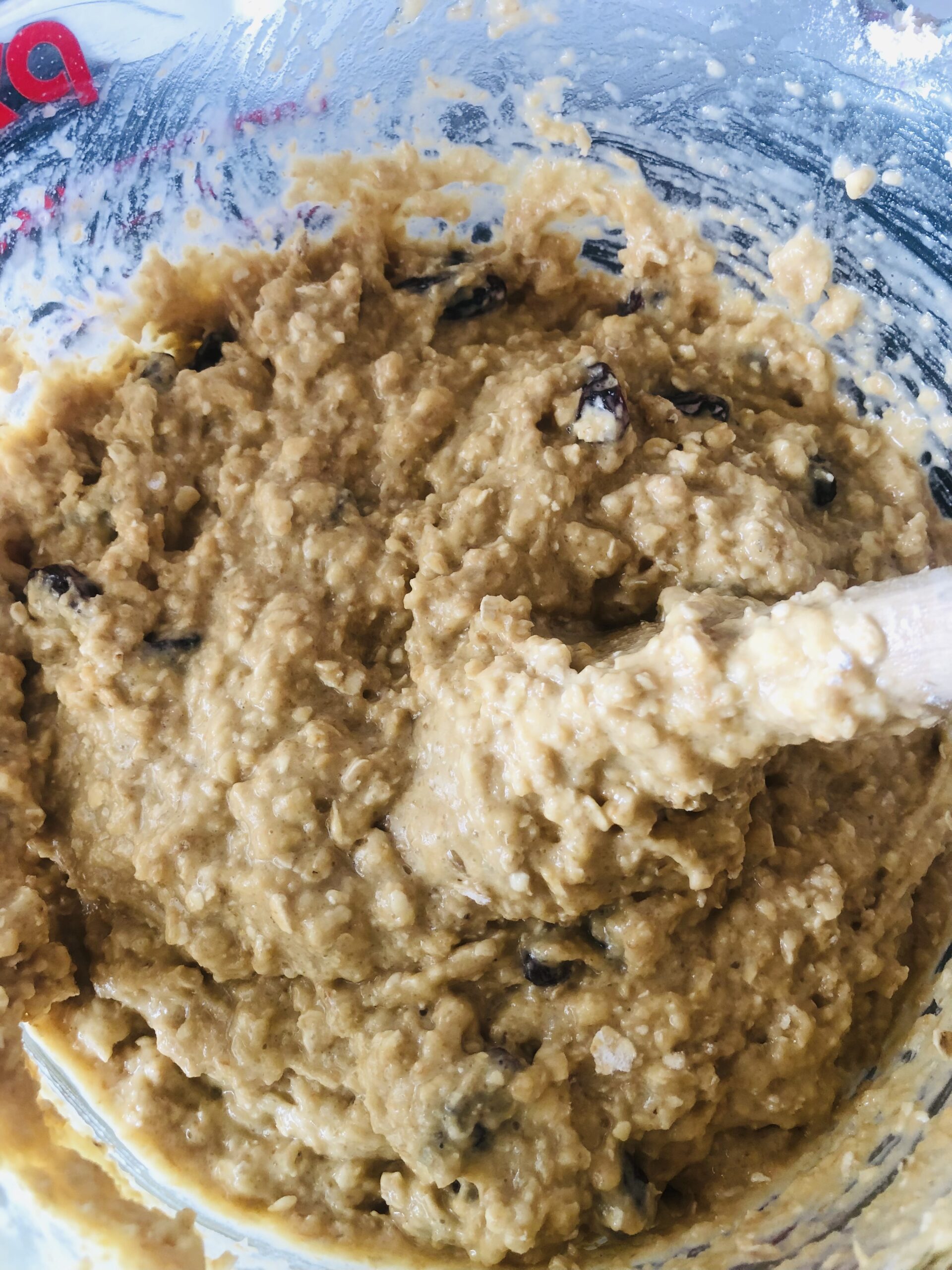
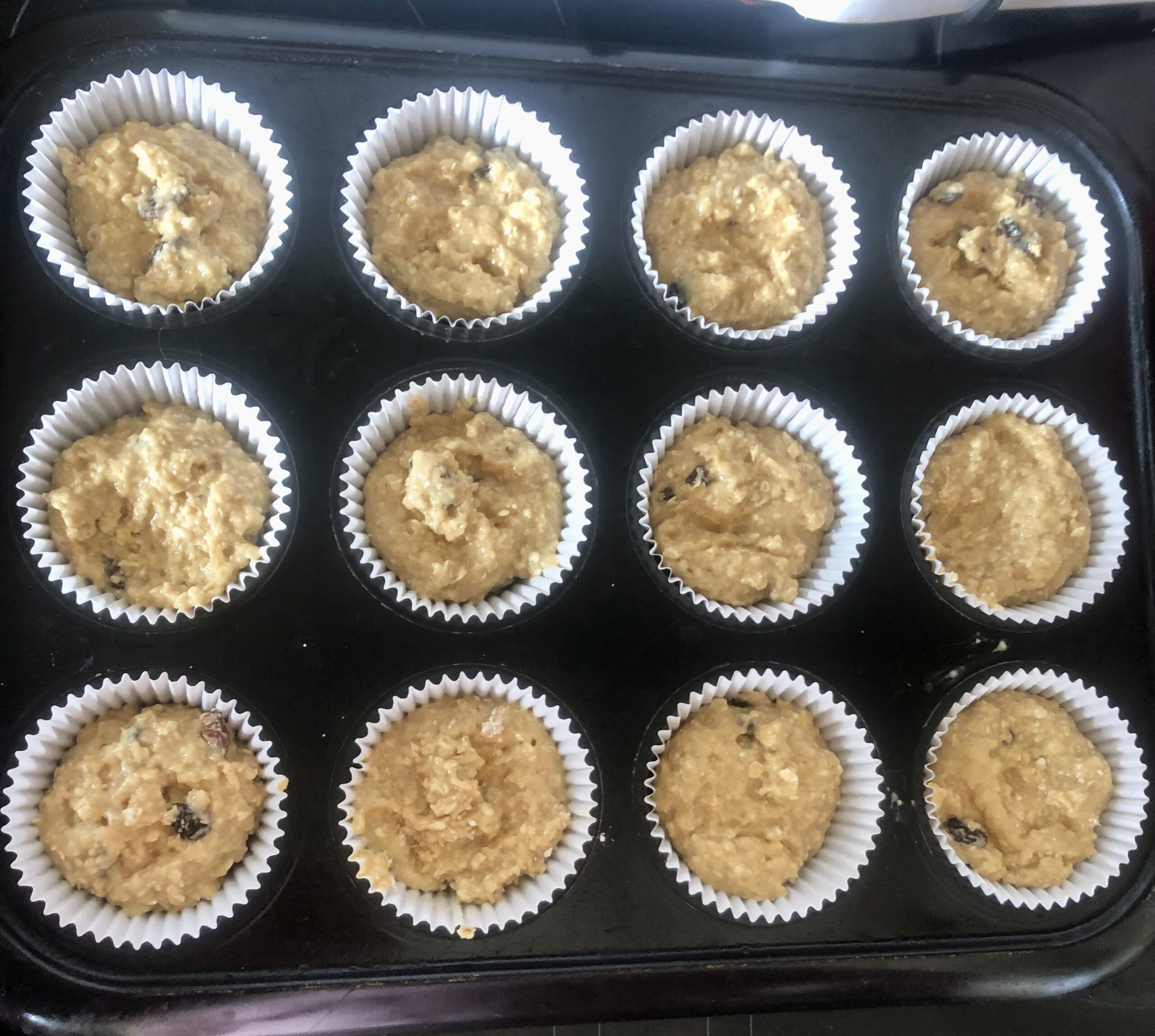
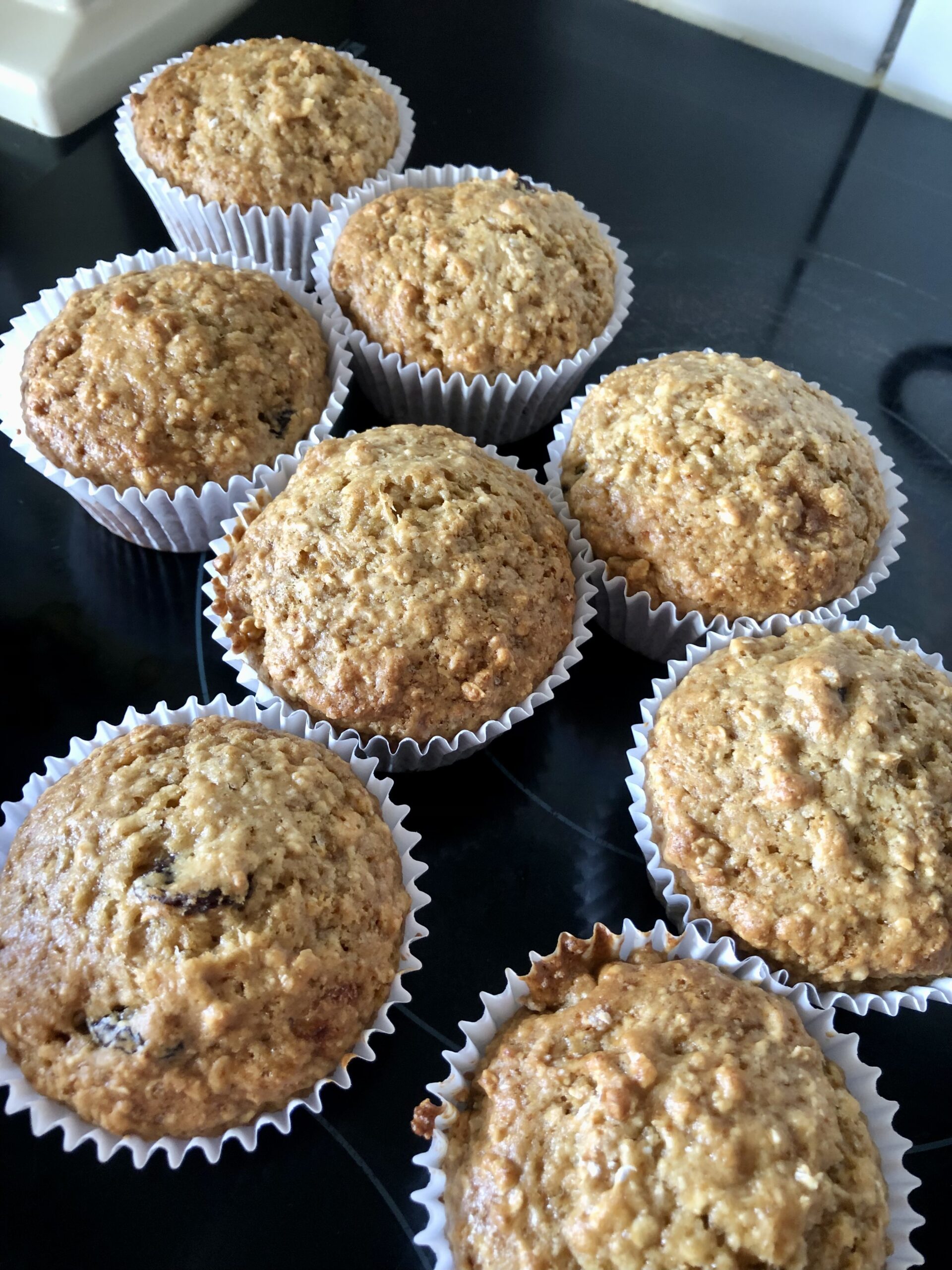
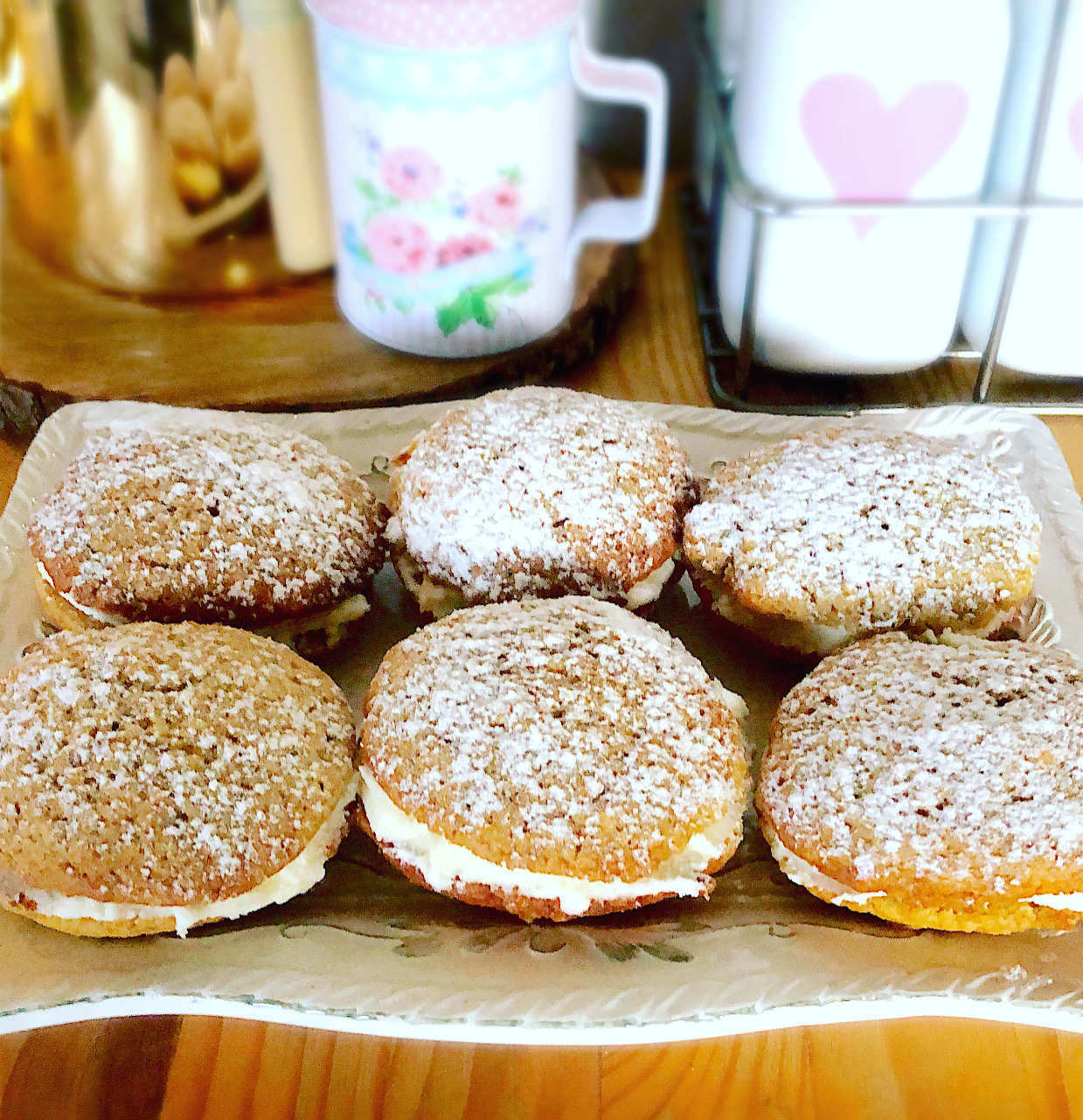
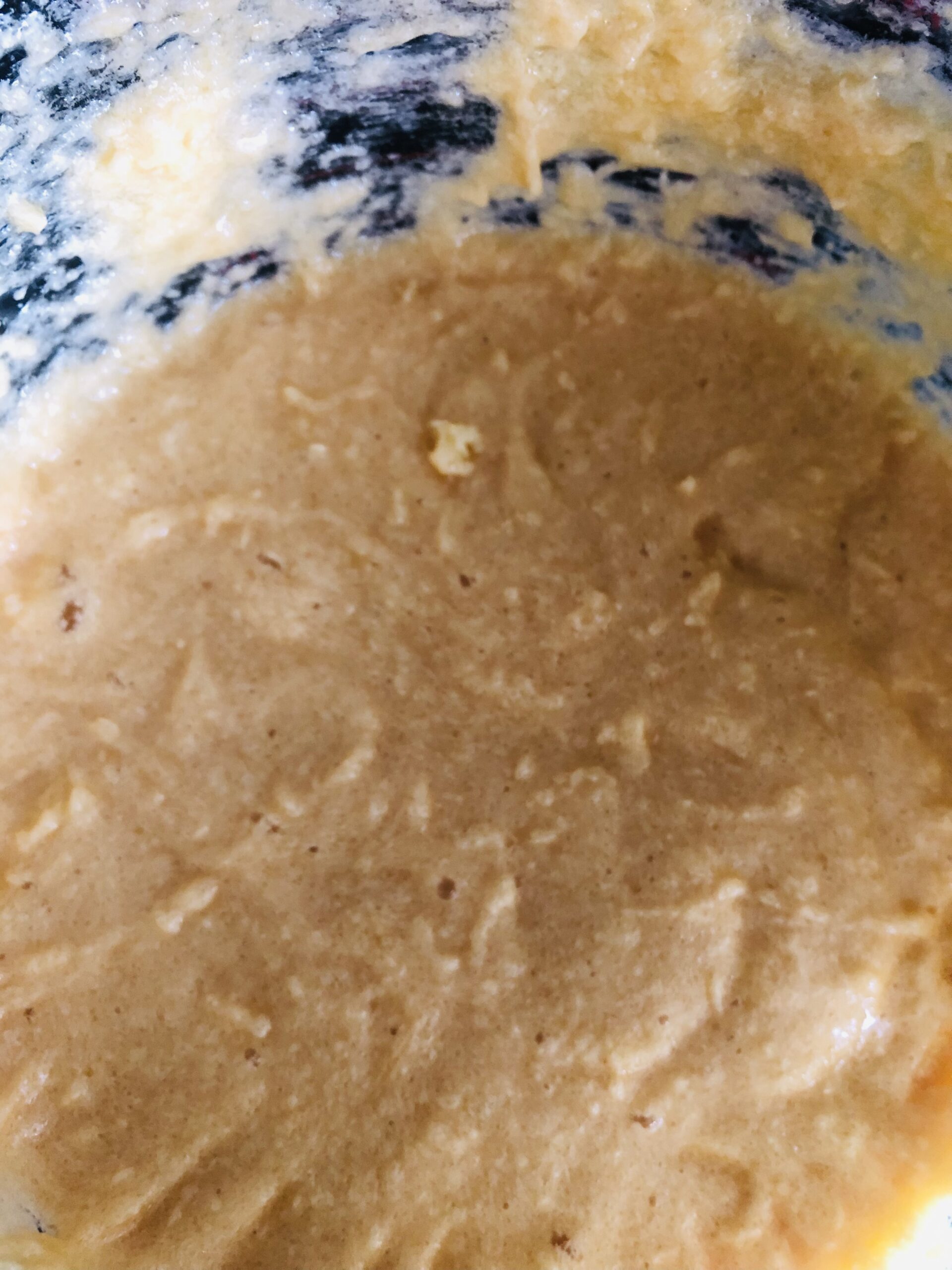
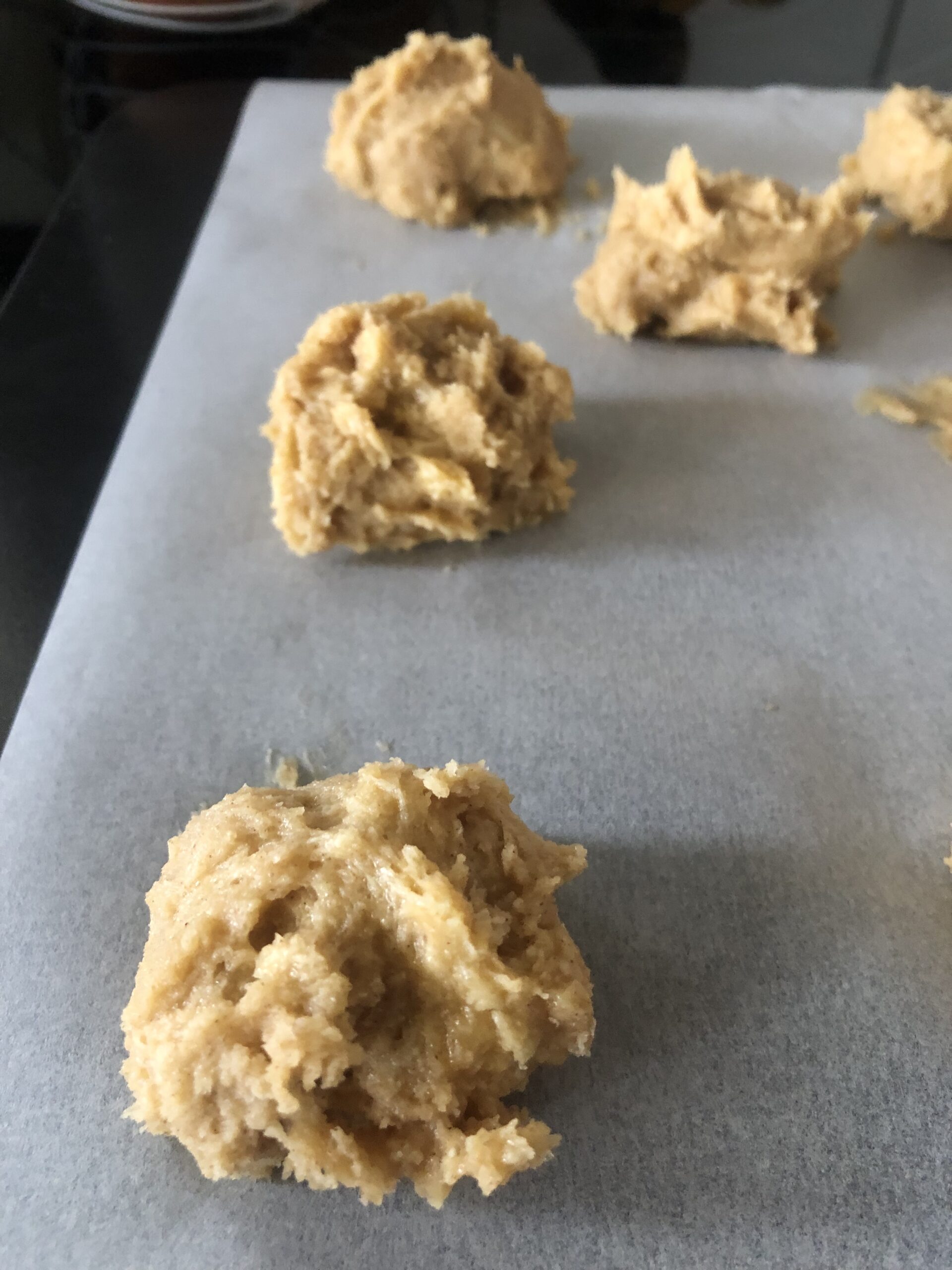
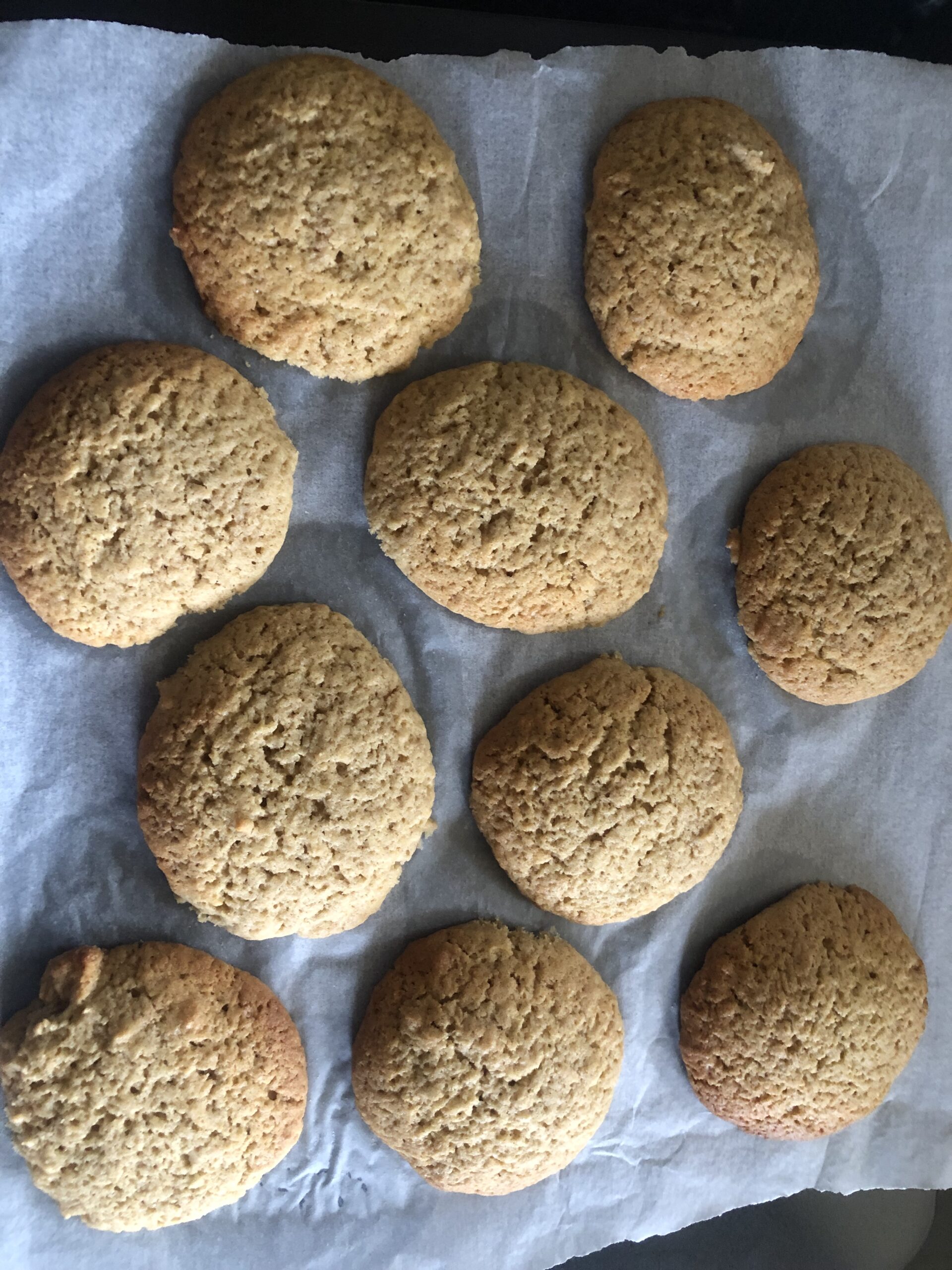
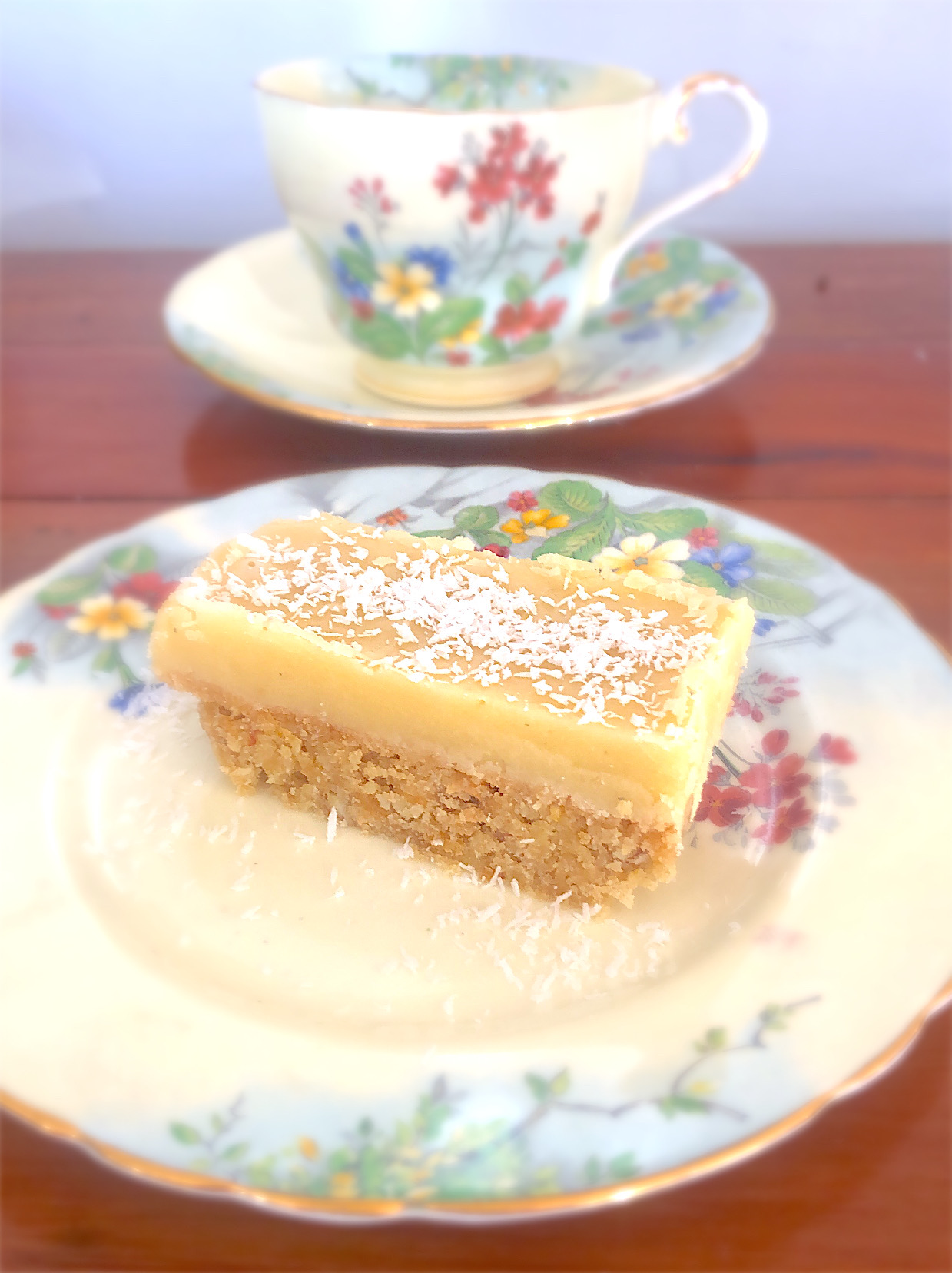
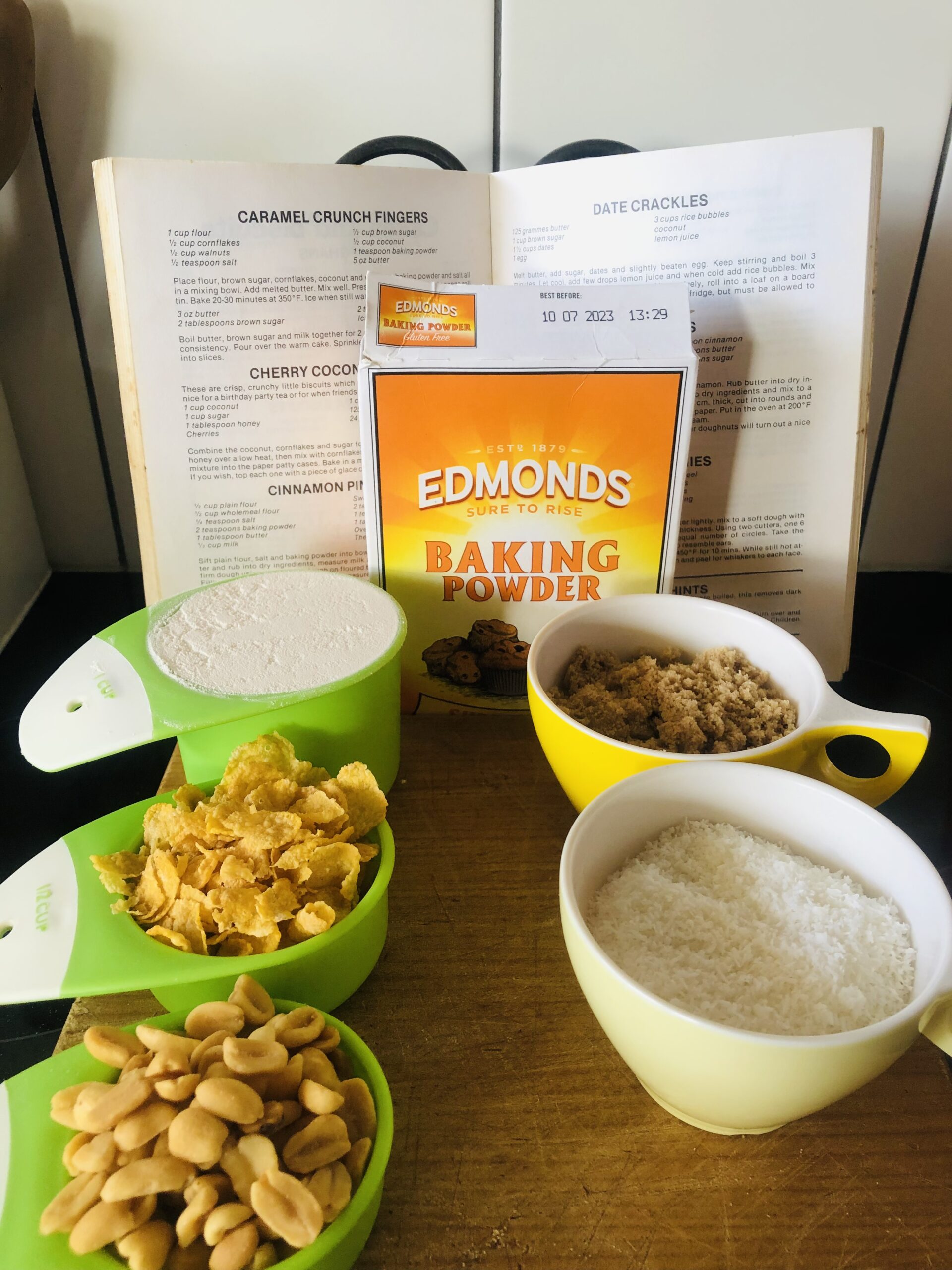
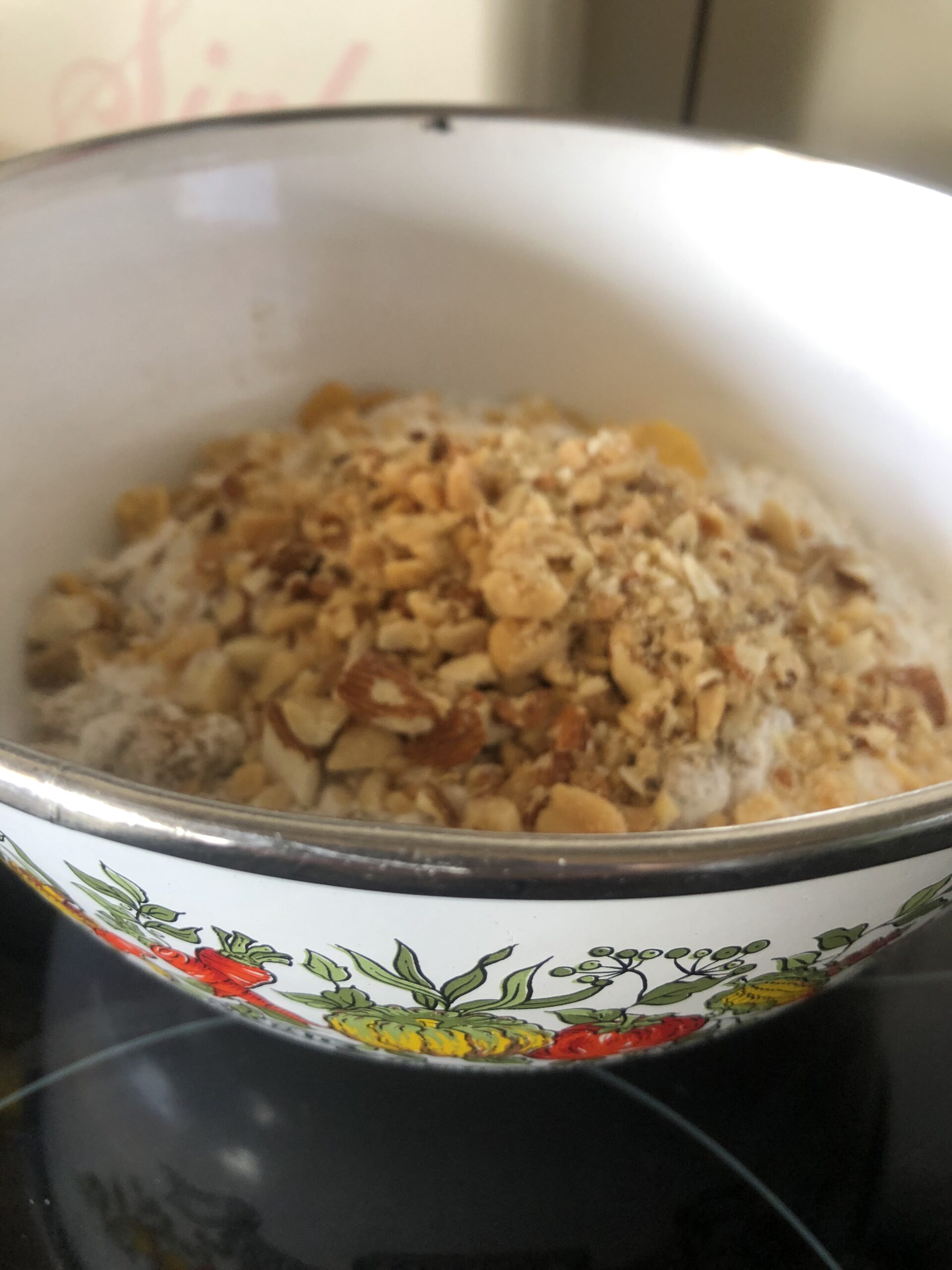
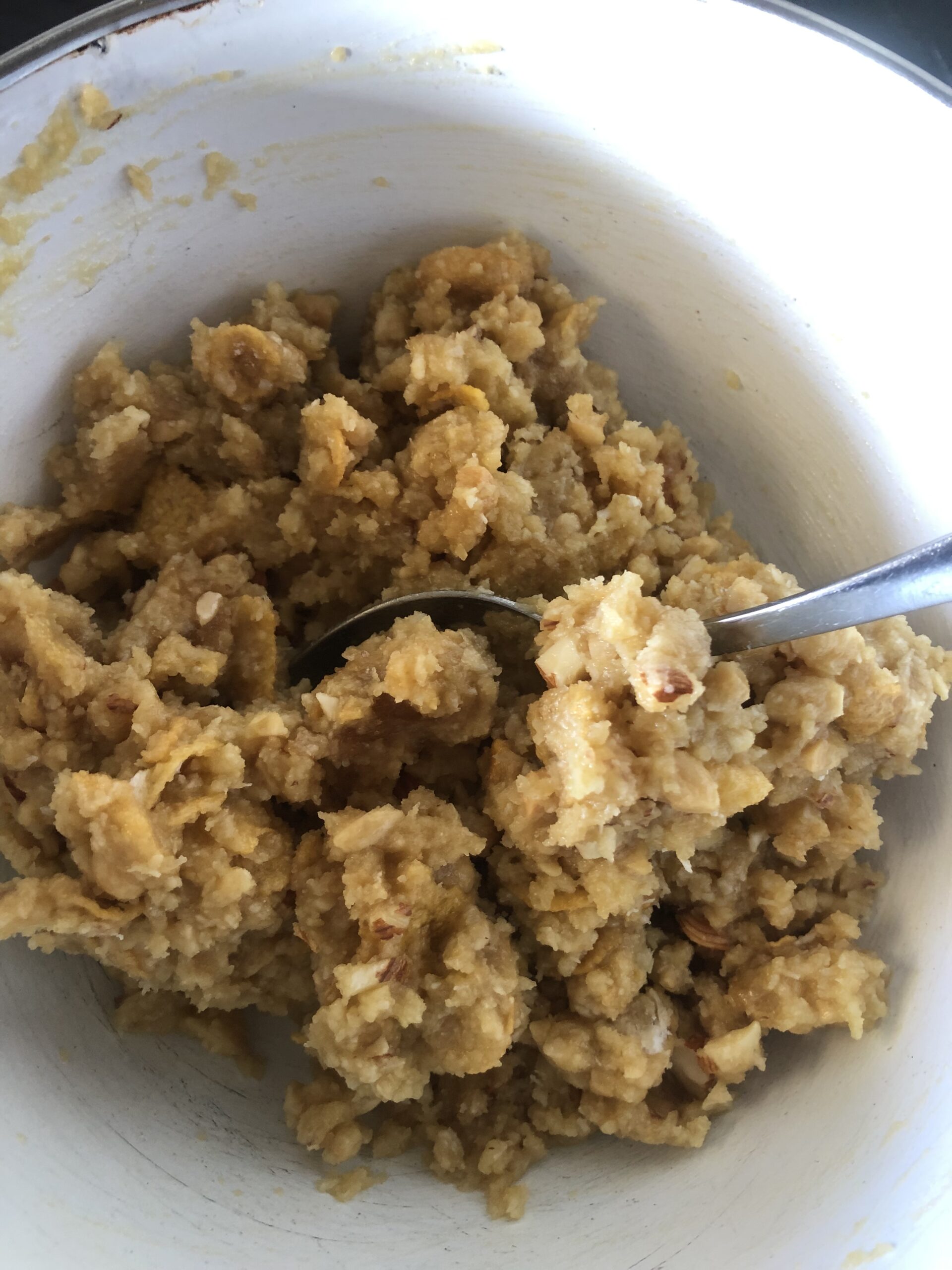
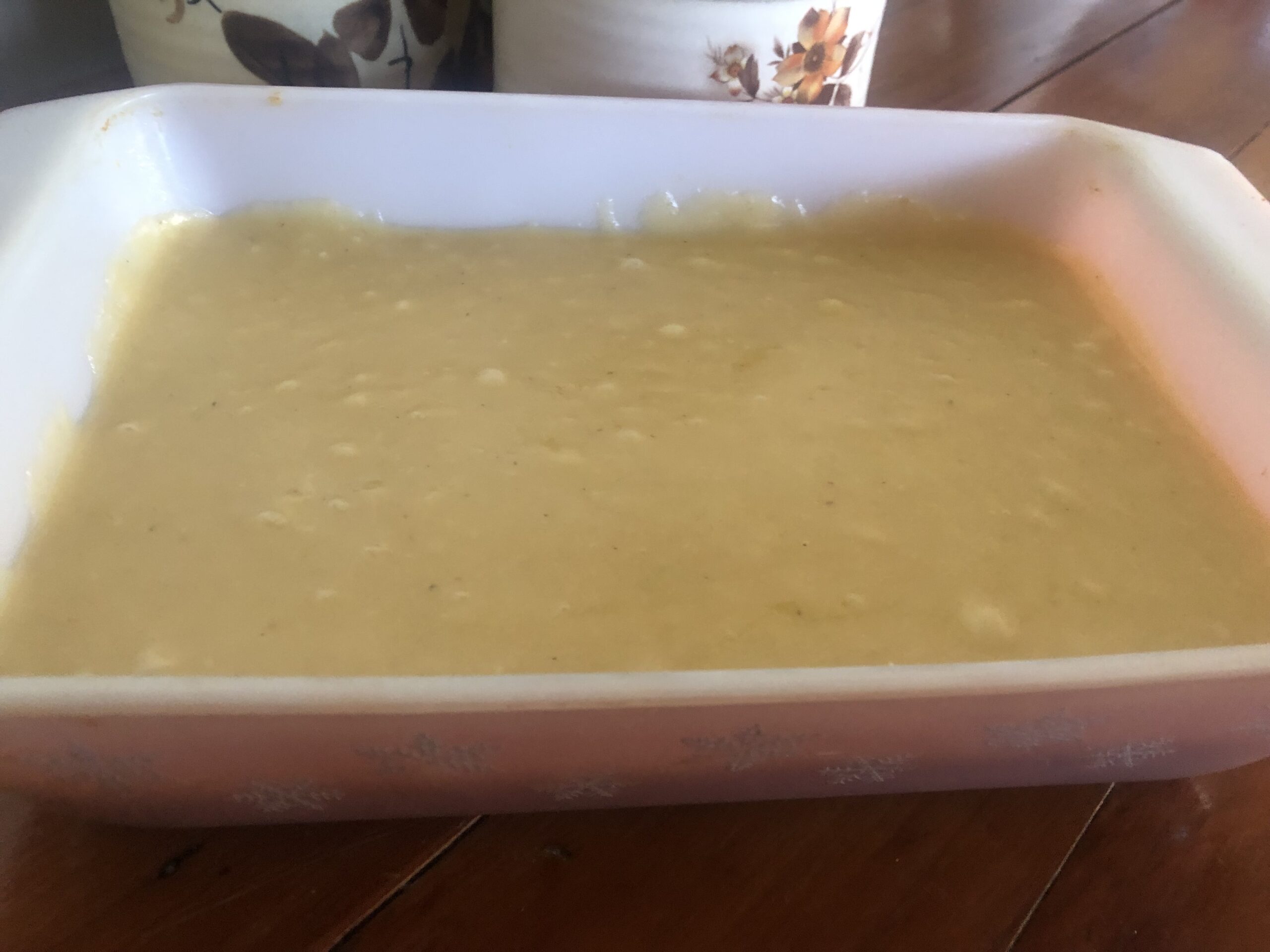
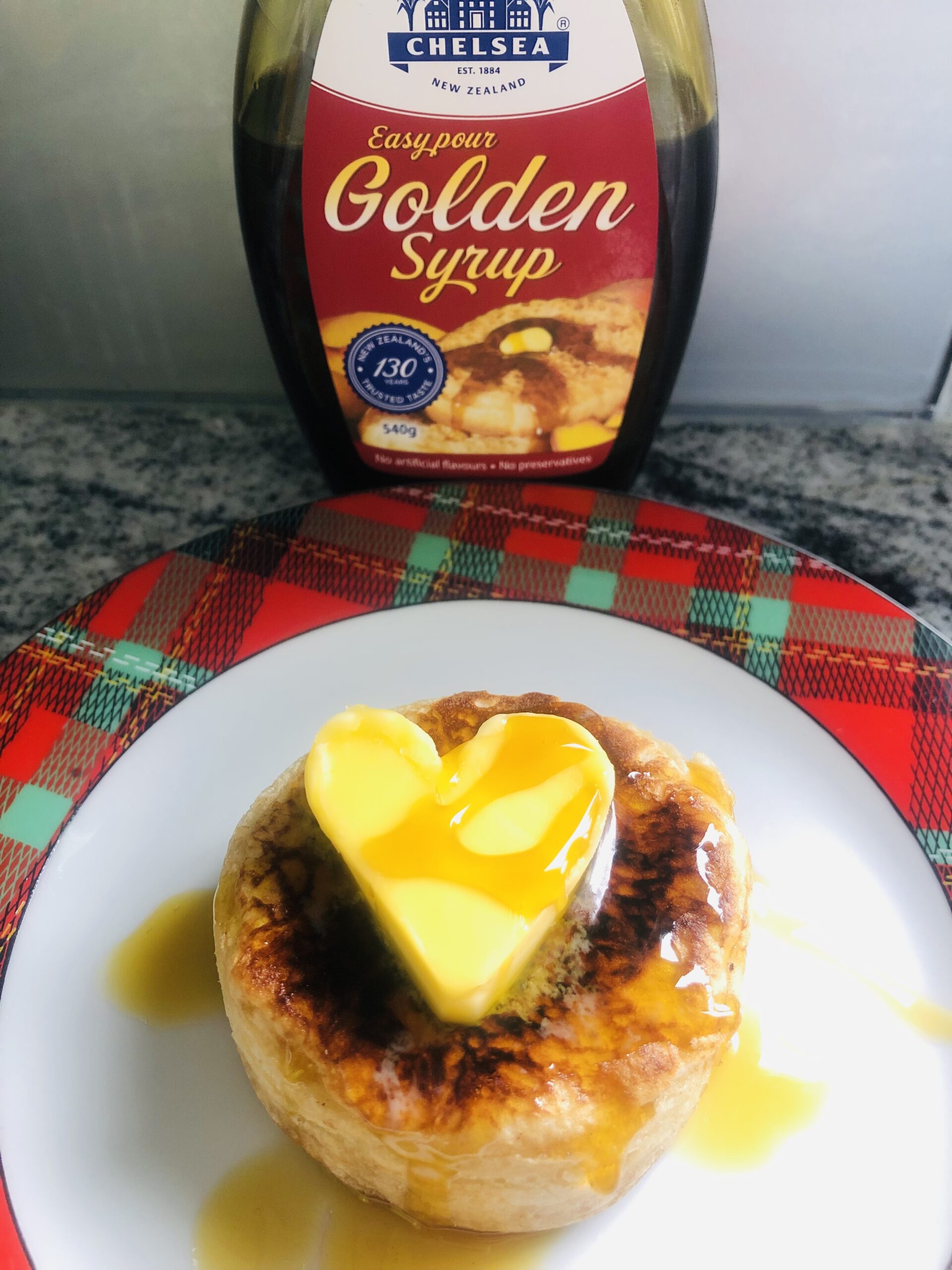
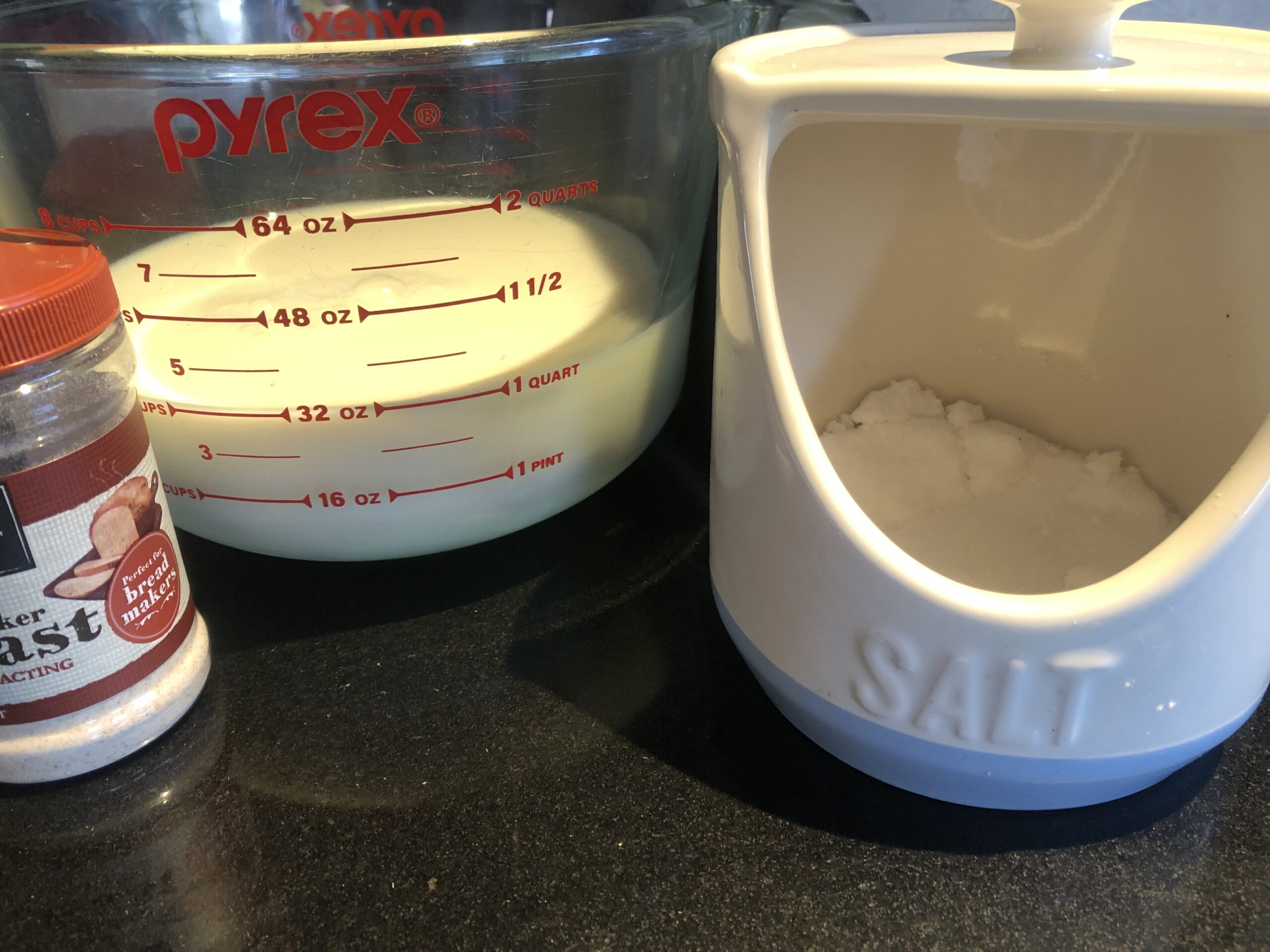
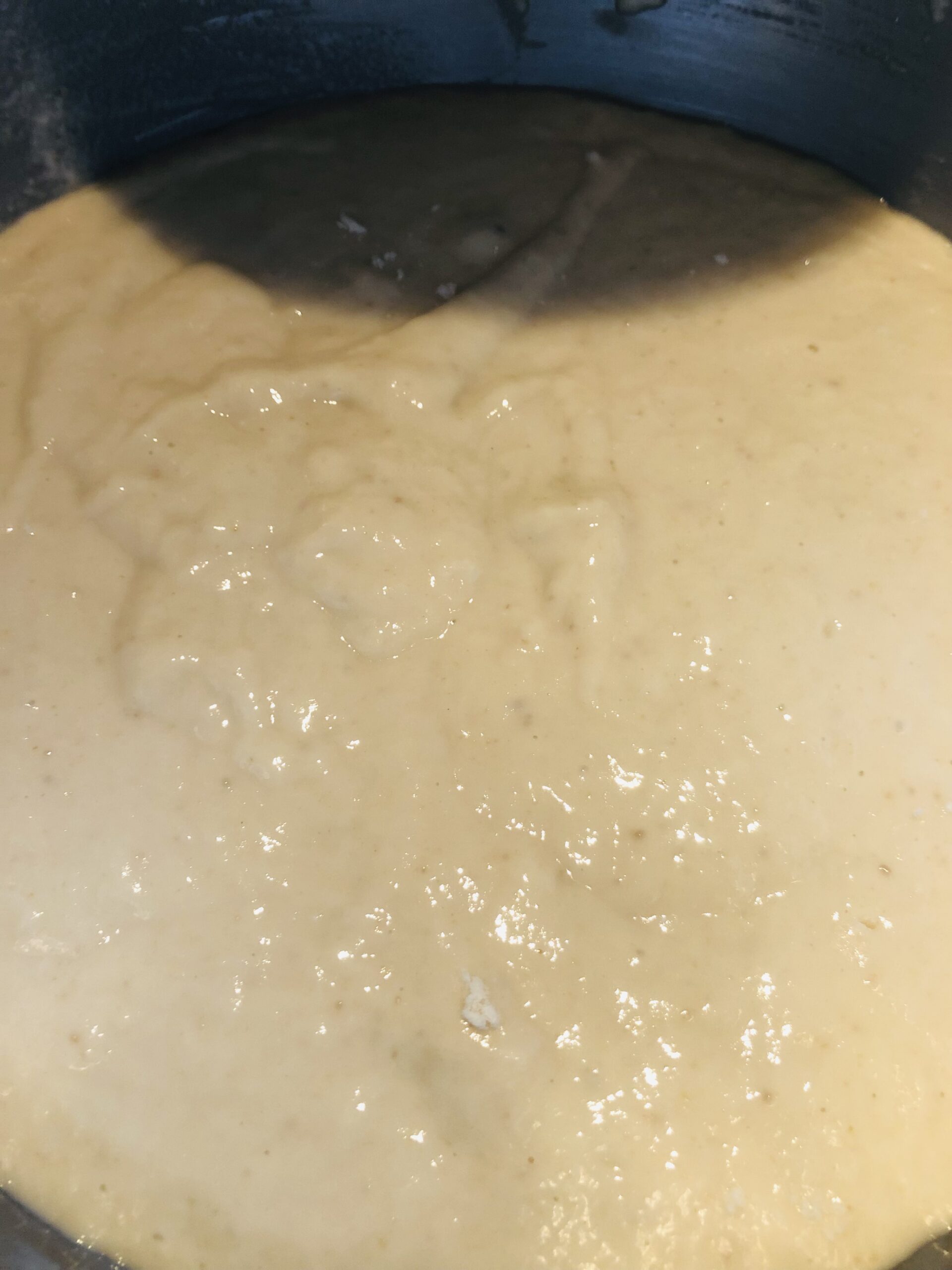
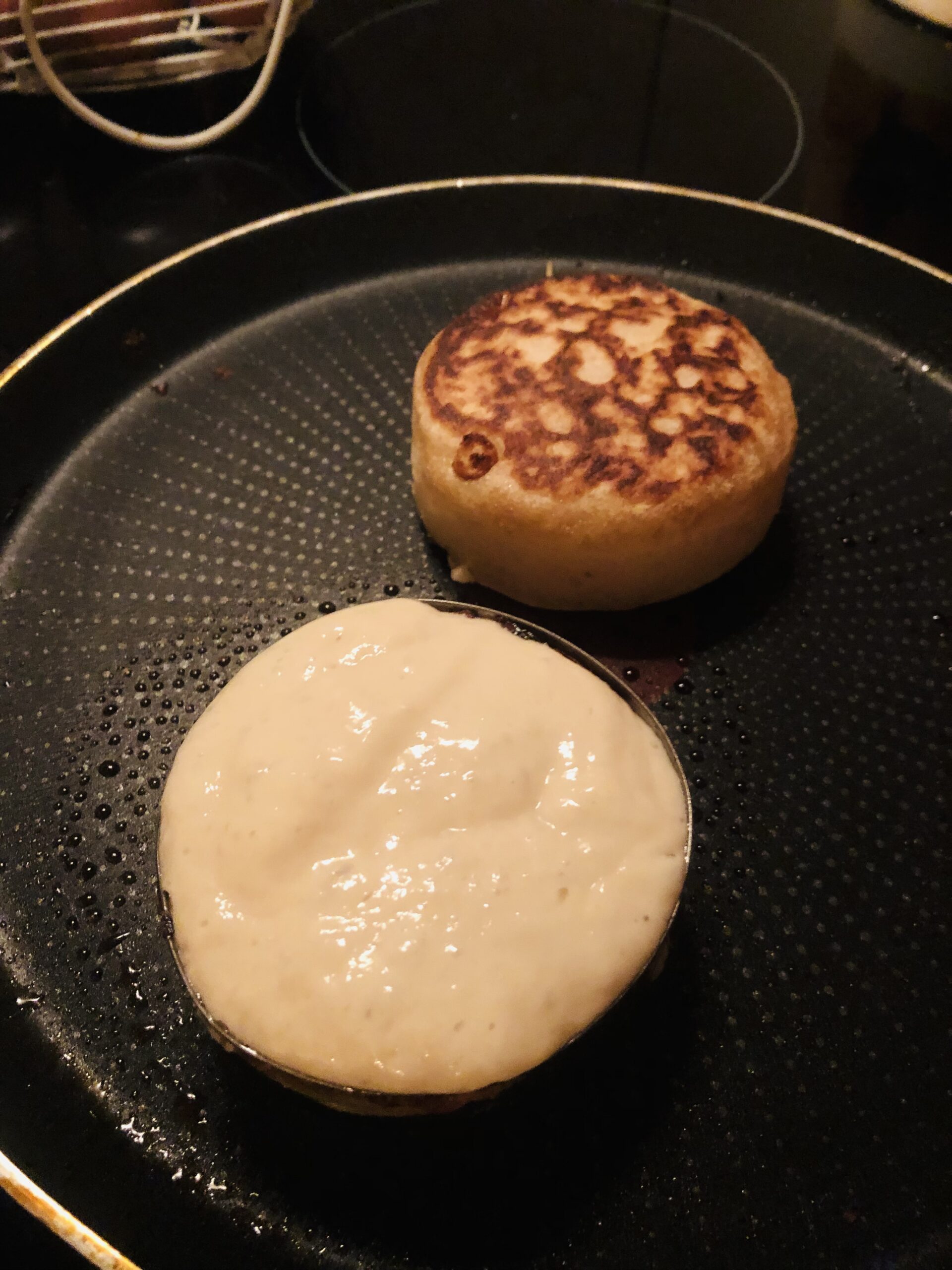
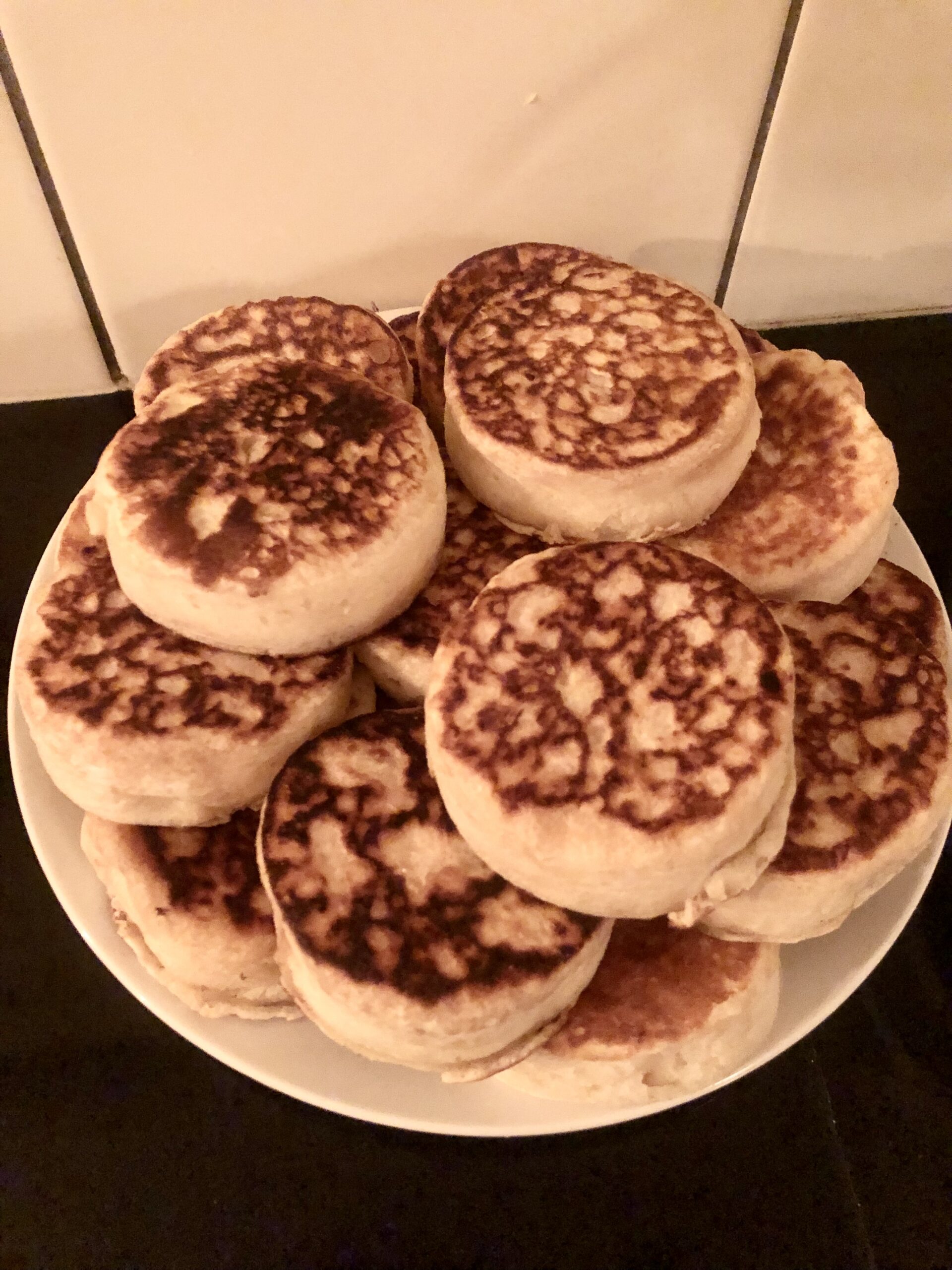
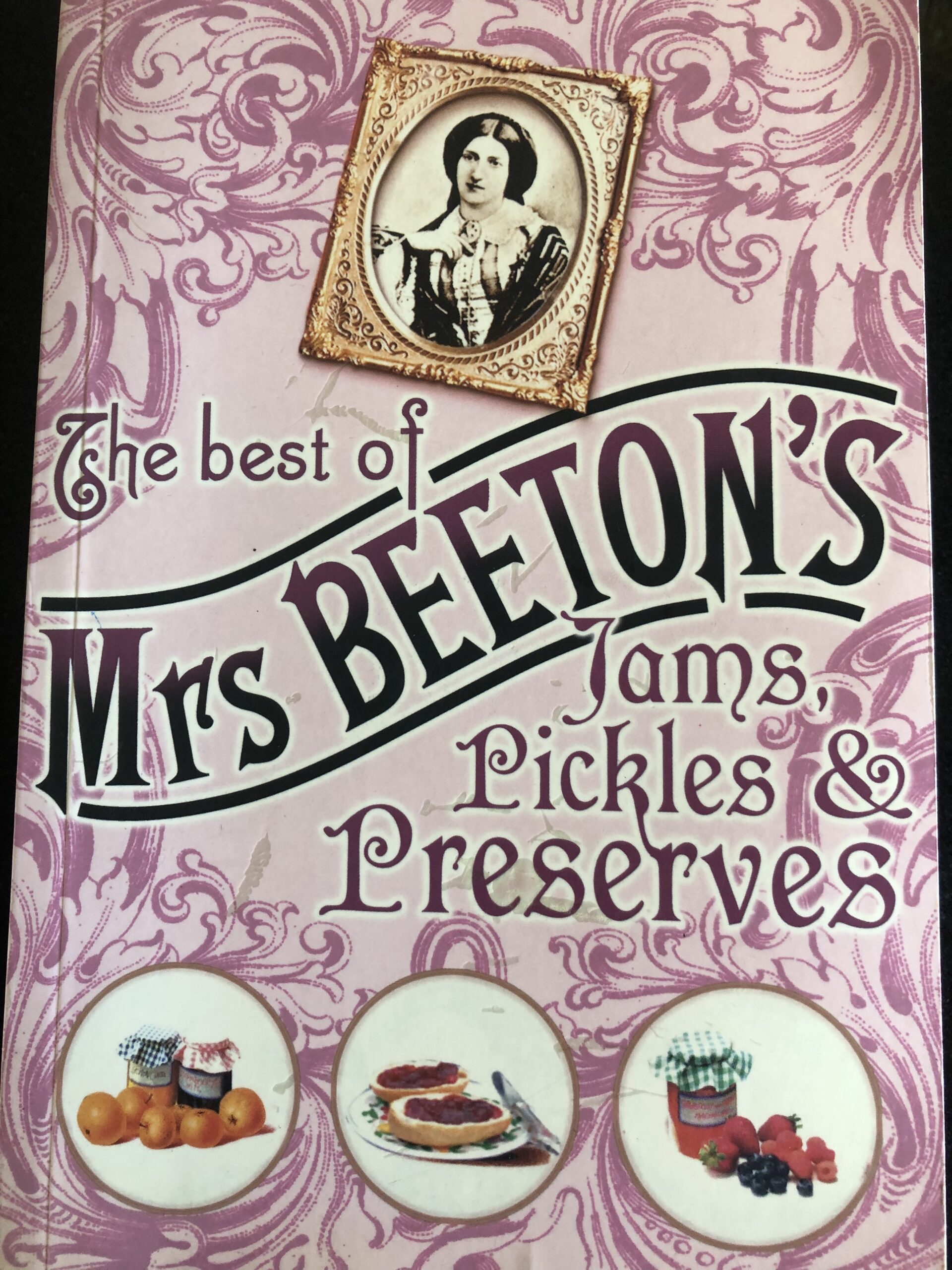

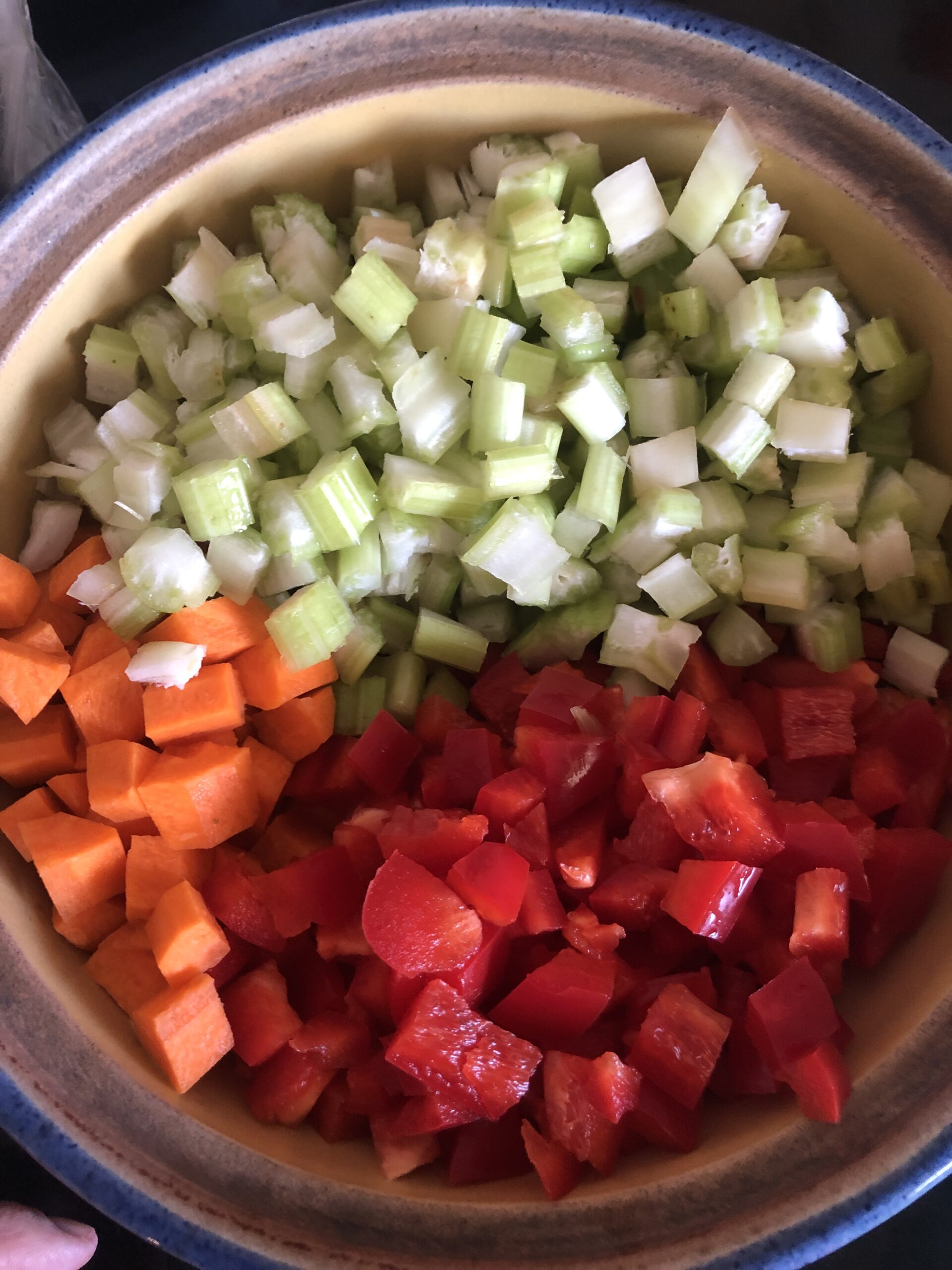
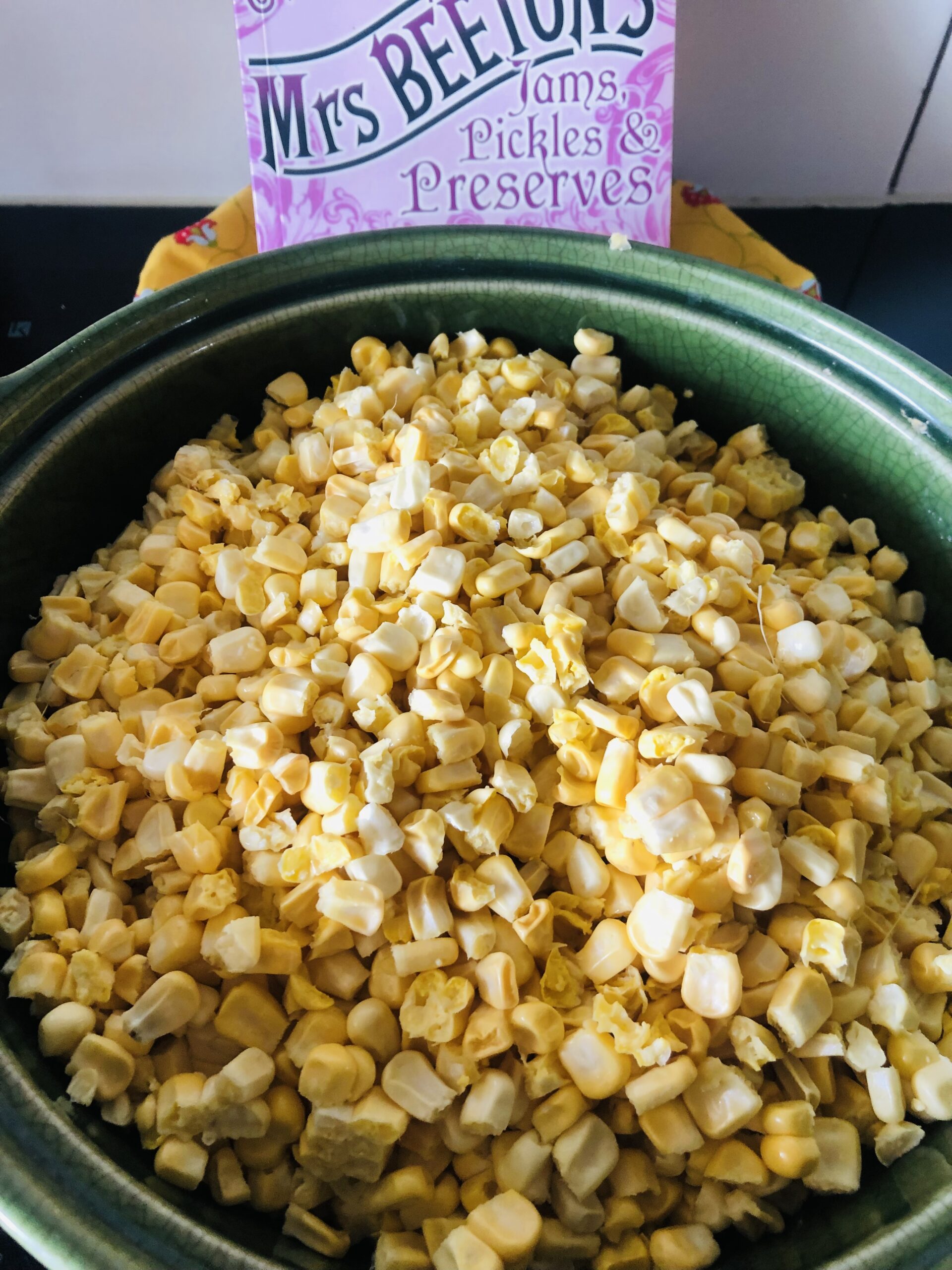
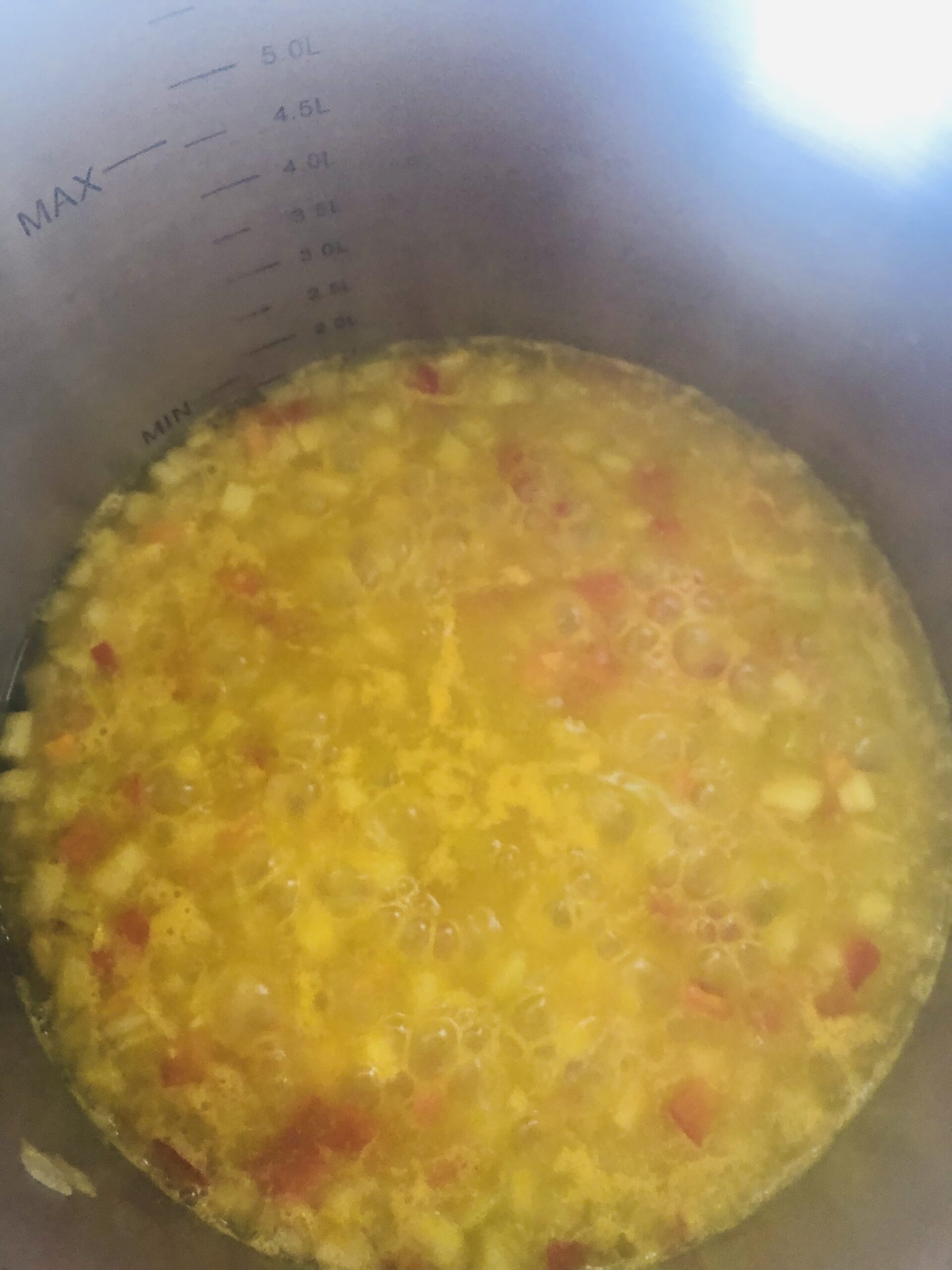
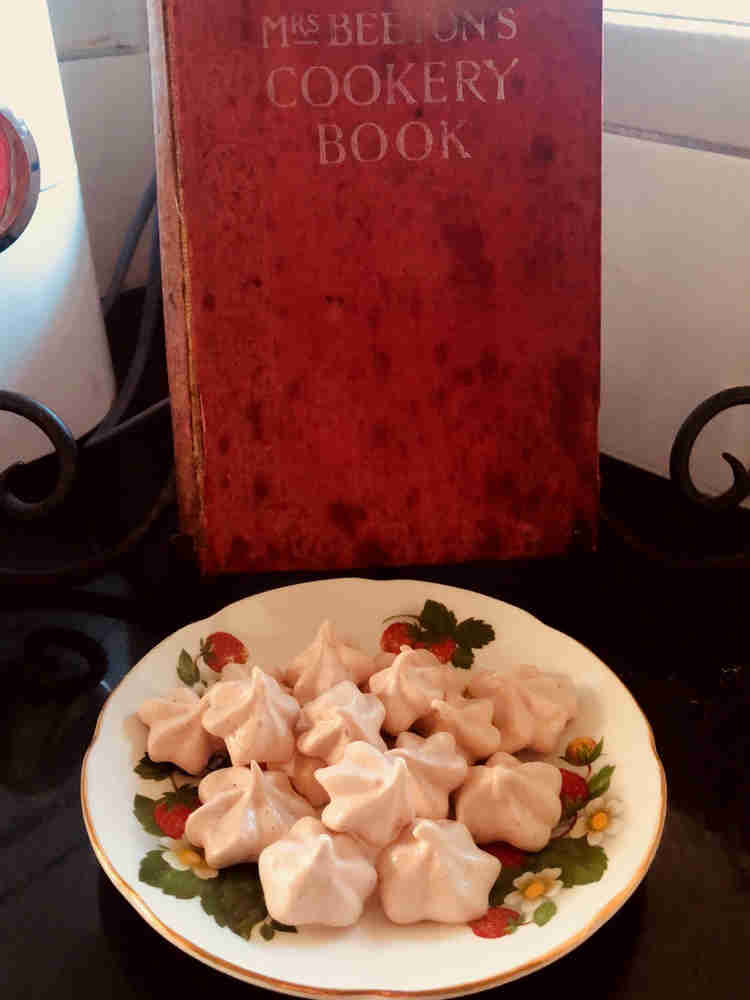

 I started by whizzing my fresh strawbs in the food processor and straining then again through a sieve so that I had a smooth as silk ‘juice’. Then all you need to do is whip the egg whites into stiff peaks and fold the three ingredients together. If you are no stranger to cooking you may be taking a look at your mixture right now and thinking it’s pretty much like a flavoured meringue, right?!
I started by whizzing my fresh strawbs in the food processor and straining then again through a sieve so that I had a smooth as silk ‘juice’. Then all you need to do is whip the egg whites into stiff peaks and fold the three ingredients together. If you are no stranger to cooking you may be taking a look at your mixture right now and thinking it’s pretty much like a flavoured meringue, right?!





 My helper and I started off with the butter and water in a saucepan and heated it on the stovetop until the butter had melted and the mixture was bubbling. Here’s where you have to work fast – straight after you have tipped your flour into the butter/water mixture you will need to use those muscles to stir vigorously until the mixture comes together and away from the sides of the pot.
My helper and I started off with the butter and water in a saucepan and heated it on the stovetop until the butter had melted and the mixture was bubbling. Here’s where you have to work fast – straight after you have tipped your flour into the butter/water mixture you will need to use those muscles to stir vigorously until the mixture comes together and away from the sides of the pot. It doesn’t look very pretty yet but there’s more work to be done! It will be delicious, I promise.
It doesn’t look very pretty yet but there’s more work to be done! It will be delicious, I promise. Here we have several lovely caterpillars lined up on our tray. 😁 We used two trays to fit them all in. Then in they went to our trusty oven at 200 degrees Celsius for around 25 minutes. The bigger your eclairs the longer they should be in the oven (We made cute minis – the smaller they are the fewer calories, right? 😂).
Here we have several lovely caterpillars lined up on our tray. 😁 We used two trays to fit them all in. Then in they went to our trusty oven at 200 degrees Celsius for around 25 minutes. The bigger your eclairs the longer they should be in the oven (We made cute minis – the smaller they are the fewer calories, right? 😂). After the timer went off we took them out, nice and golden brown, to cool. Then with a sharp knife, we cut a slit in the slides the length of the eclair. If you have large eclairs and need them to dry out inside, then cut the slit earlier and leave to dry.
After the timer went off we took them out, nice and golden brown, to cool. Then with a sharp knife, we cut a slit in the slides the length of the eclair. If you have large eclairs and need them to dry out inside, then cut the slit earlier and leave to dry. And there was only one thing left to do, which was to enjoy the tasty treats – Fresh is best people! ❤️
And there was only one thing left to do, which was to enjoy the tasty treats – Fresh is best people! ❤️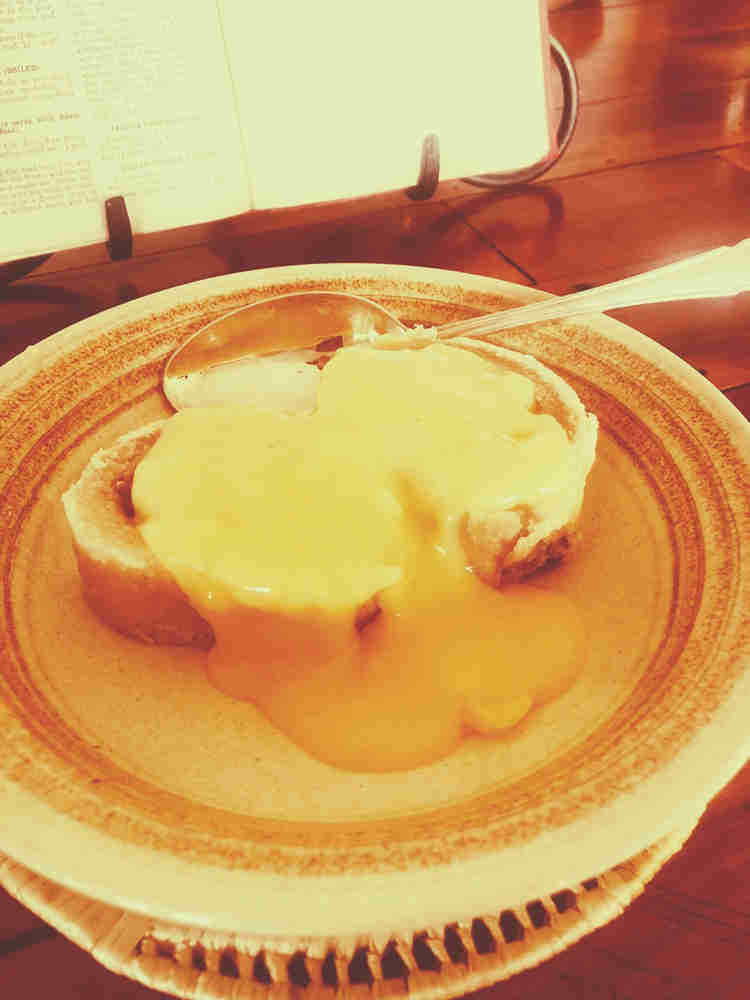









 We start off with Lima or String beans, green corn (I used regular old yellow corn as that’s all I could find – I think you can even use a mix of beans and corn to spice it up a bit), milk, butter, pepper and salt. Pretty simple list of ingredients don’tcha think? Should be a pretty short and sweet cook! Never judge a book by its cover, 😄 the cooking time is looooong!
We start off with Lima or String beans, green corn (I used regular old yellow corn as that’s all I could find – I think you can even use a mix of beans and corn to spice it up a bit), milk, butter, pepper and salt. Pretty simple list of ingredients don’tcha think? Should be a pretty short and sweet cook! Never judge a book by its cover, 😄 the cooking time is looooong!

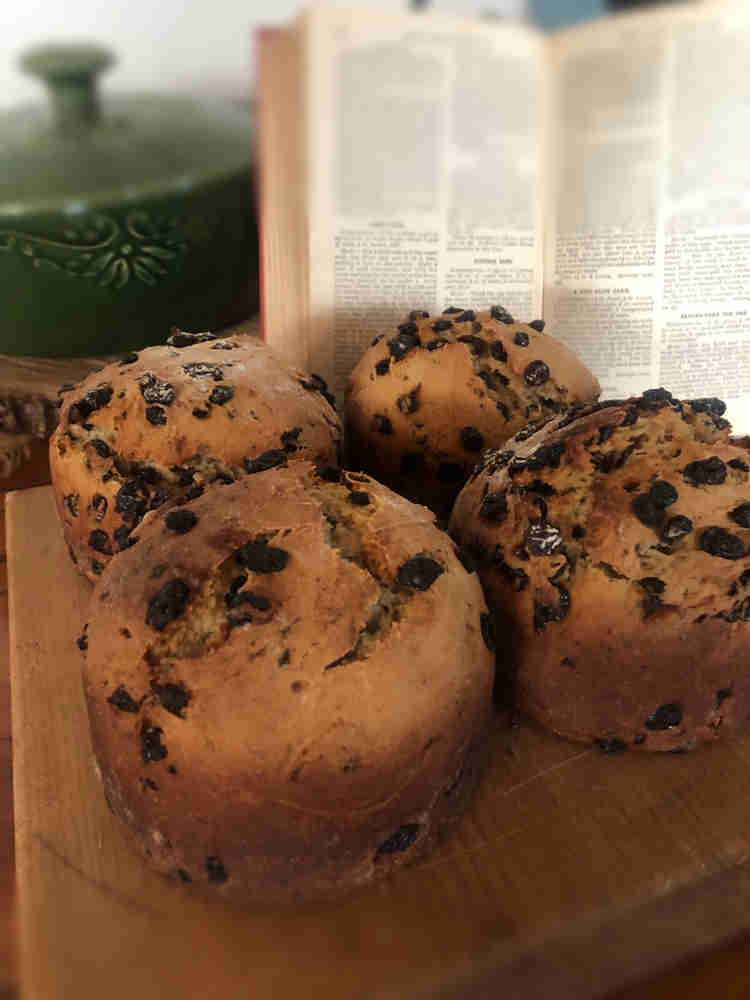





 The instructions for baking once again don’t give any specific temperature but do say I needed a ‘well-heated oven’ and ‘1 1/2 to 2 hours baking’ time.
The instructions for baking once again don’t give any specific temperature but do say I needed a ‘well-heated oven’ and ‘1 1/2 to 2 hours baking’ time.
